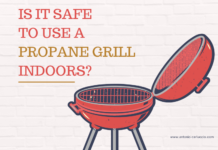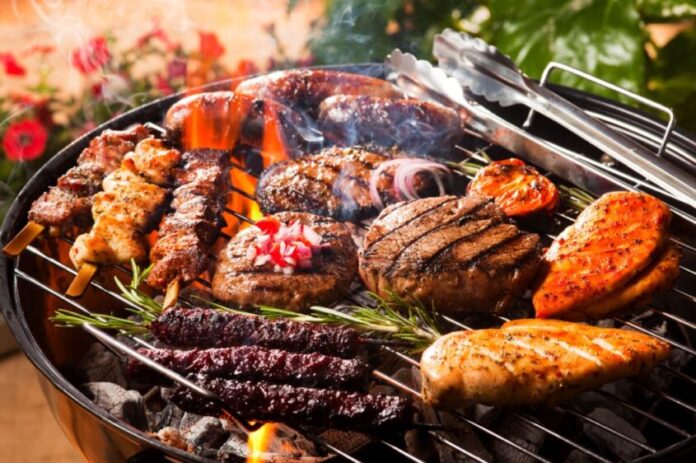
There is no question that the act of grilling food is approached in vastly different ways and accomplished with a plethora of different grilling equipment. Some consider grilling an art form and invest appropriately in top of the line grills; on the other hand, there are the more recreational grillers who elect for a more modest grill that can simply get the job done. Wherever you fall on the spectrum, the essentials of grilling like a professional are the same. Let’s begin with the basic rules of grilling and tips to take it to the next level.
Grilling Fundamentals
If you are new to grilling, you will need to know a multitude of basic rules for successful grilling. Once you have the fundamentals covered, you can begin to learn the specifics and elevate your grilling abilities.
Preparation
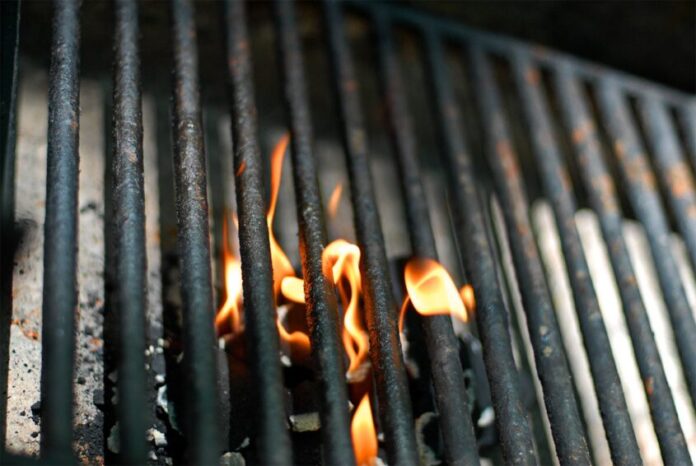
Make sure that you set aside an ample amount of time to heat up the grill and prepare it before grilling. Remember to keep the grates of your grill clean of food and grit to prevent excessive sticking. Another key aspect of grilling is to apply the rub or spice to your food at least an hour before cooking in order to let the flavor absorb thoroughly. In addition, consider trimming any excess fat on the meat prior to cooking, this will help control the flare-ups that occur when strong heat hits the surplus fat.
Safety

As a grill master, you are not only held accountable for the quality of food. Safety is an extremely important part of grilling as potential dangers are certainly always lurking. An immensely significant rule is to always keep your focus and eyes on what you are cooking. Accidents with fire can happen blindingly fast, so high levels of awareness will prevent most mishaps from occurring. Moreover, while it may be obvious, keep your grill abundantly clear of lighter fluid, the house, or anything flammable is crucial. Lastly, make sure you have the proper grilling tools to get the job done!
Temperature Time
The ability to widely adjust the temperature of the flame means you have many options when cooking your food. For smaller items and thin cuts of meat, cook on a high heat and grill them quickly. Examples of these foods include classics like hot dogs, burgers, and steaks. However, other foods like chicken, vegetables, and fish require grilling at a lower heat. Try to target a medium heat for the aforementioned food, this low temperature will cook the meat and veggies slower yet thoroughly. For more information on how to set that ideal temperature and what should you use to set your grill fire, you can click here.
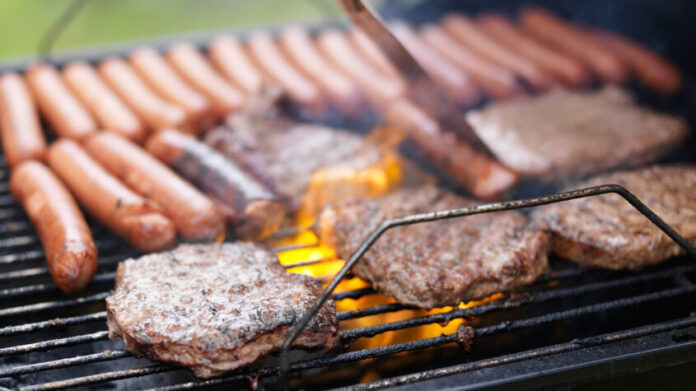
Movement and the Finish
When grilling, it is important to space your foods around the grill to avoid unnecessary flare-ups. Remember to flip the meat or other products as often as you need to, you want to ensure that the food is grilled evenly on both sides. Perhaps one of the most difficult parts of grilling like a pro is finding the delicate balance between undercooking and overcooking your food. Both are potentially problematic, so having a meat thermometer handy and paying close attention will help you navigate these moments. The skill of knowing when grilled food is done is certainly one that is built and improved through experience. However, a great grill can help you easily cook your food to perfection, like infrared grills that distribute heat evenly to your food. Outdoor Cooking Pros knows that, and they’ve got a list of the best models to help any grilling enthusiast out.
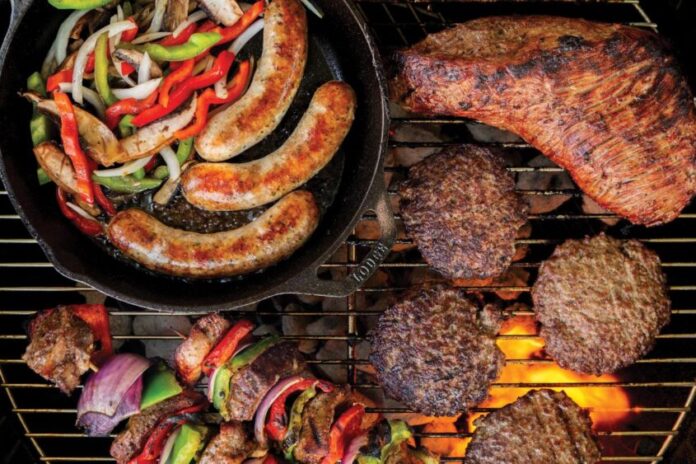
With a brief guide towards standard grilling practices and more nuanced cooking techniques, you are ready to grill like a pro! Remember to prioritize safety, follow the important grilling rules, find the proper grill equipment, and have fun!

